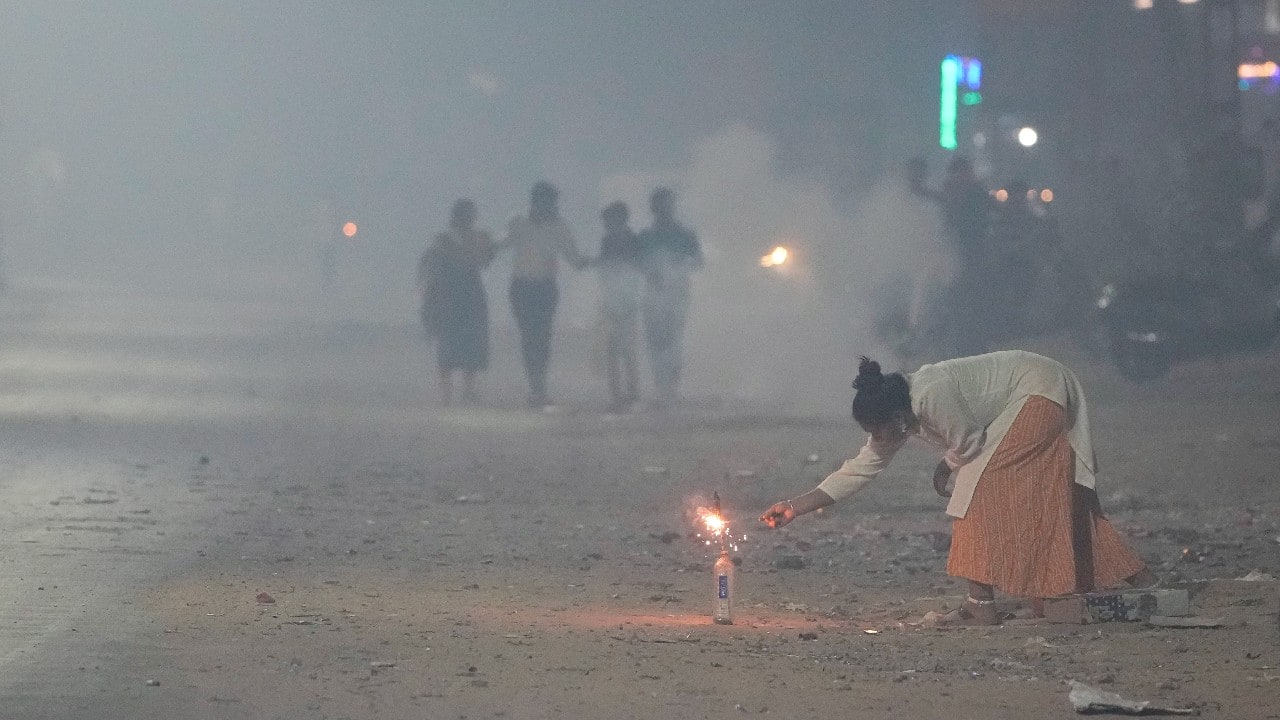 |
|
As Diwali approaches, the air quality in Delhi has taken a sharp downturn, reaching the 'very poor' category. This decline is attributed to a confluence of factors, with stubble burning in neighboring states playing a significant role. The wind direction has shifted to northwesterly, carrying smoke from these agricultural fires directly into the city. This trend is expected to worsen pollution levels further, particularly on Diwali, which is known for its widespread use of firecrackers.
Authorities in Delhi are taking stringent measures to curb pollution and mitigate the impact of firecrackers. A ban on their use is in place, and 377 teams have been deployed to enforce it. This includes collaboration with resident welfare associations, market associations, and social organizations to raise awareness and ensure compliance. The Delhi Police has also formed dedicated teams to ensure that firecrackers are not burst in their respective districts.
Despite these efforts, concerns remain regarding the potential for severe air quality during Diwali. The Indian Institute of Tropical Meteorology predicts that the air quality could reach the 'severe' category, posing serious health risks to the city's residents. The Decision Support System for Air Quality Management estimates that stubble burning could contribute a significant portion of the pollution, highlighting the need for coordinated efforts to address this regional issue.
The Delhi government is actively engaging with neighboring states of Punjab, Haryana, and Uttar Pradesh, urging them to minimize stubble burning. While the government has taken steps to enforce a firecracker ban, it is crucial that citizens prioritize public health and exercise caution during Diwali. The celebration of light and joy should not come at the expense of our collective well-being.
